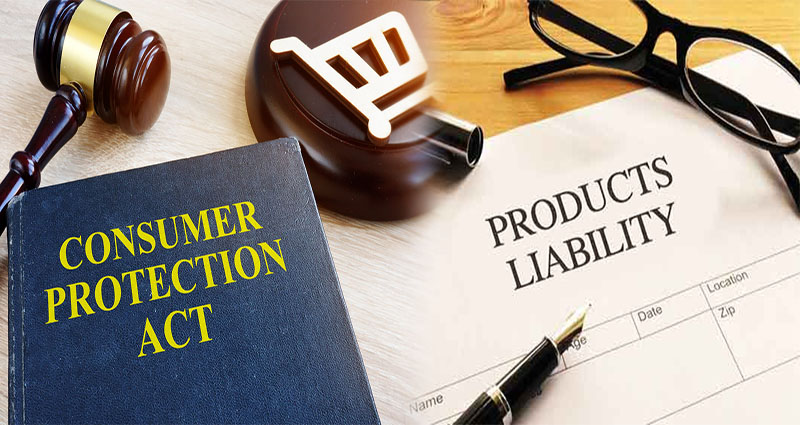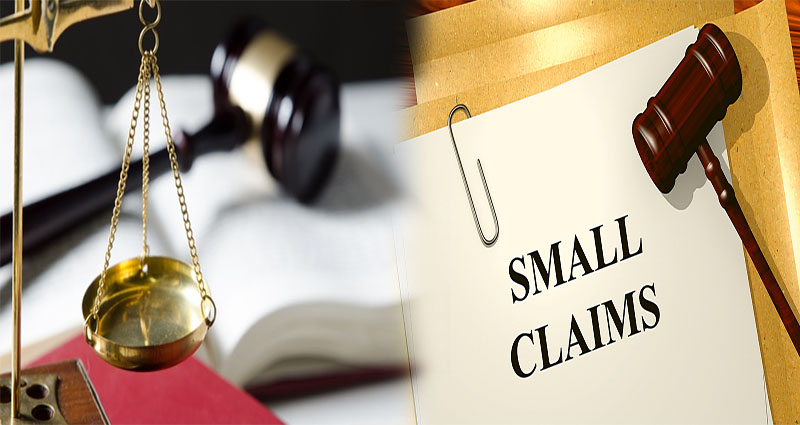The Impact of Product Liability on Consumer Rights: Compelling Civil Case Examples
Product liability is a crucial aspect of consumer rights that holds manufacturers, distributors, and sellers accountable for the safety and quality of the products they provide to consumers. When products fail to meet established safety standards or cause harm to consumers, legal action can be taken to seek compensation and justice. In this article, we will explore compelling civil case examples of product liability in consumer rights to highlight the importance of holding responsible parties accountable for their actions.
Example 1: Ford Pinto Case
One of the most well-known examples of product liability in consumer rights is the Ford Pinto case. In the 1970s, Ford Motor Company introduced the Ford Pinto, a subcompact car known for its fuel efficiency. However, it was later discovered that the design of the Pinto’s fuel tank made it susceptible to explosions in rear-end collisions. Despite being aware of the safety risks, Ford continued to produce and sell the Pinto without making necessary design changes.
As a result, numerous accidents occurred where the Pinto’s fuel tank ignited, causing severe injuries and fatalities. In a landmark civil case, a California jury awarded substantial damages to a victim who was severely burned in a Pinto-related accident. This case brought national attention to the issue of product liability and led to greater awareness of consumer rights regarding product safety.
Example 2: Johnson & Johnson Talcum Powder Case
Another compelling example of product liability in consumer rights is the Johnson & Johnson talcum powder case. For years, Johnson & … Read the rest >>>
Navigating the Legal Process for Small Claims Cases
Small claims cases are a popular option for individuals seeking to resolve disputes without the need for expensive and lengthy court proceedings. These cases typically involve lower monetary amounts and follow a simplified legal process. However, even in small claims court, it is important to understand the necessary steps and procedures to navigate the legal process effectively. In this article, we will provide an overview of the key steps involved in navigating the legal process for small claims cases.
1. Assess the Validity of the Claim
Before initiating a small claims case, it is crucial to assess the validity of your claim. Review any relevant documents, contracts, or agreements that pertain to the dispute. Determine if there is sufficient evidence to support your claim, such as receipts, photographs, emails, or witnesses who can testify on your behalf. It is essential to gather all the necessary documentation and evidence to present your case effectively.
2. Research the Small Claims Court Guidelines
Each jurisdiction has specific guidelines and procedures for small claims cases. Research and familiarize yourself with the rules and regulations specific to your local small claims court. Understand the monetary limit for small claims, any limitations on the type of cases that can be filed, and the jurisdiction’s filing fees. This knowledge will help you navigate the legal process more efficiently.
3. File Your Claim
To initiate a small claims case, you must file a complaint with the local small claims court. Obtain the necessary forms from the court clerk’s … Read the rest >>>
Different Types of Criminal Law: From White-Collar Crime to Violent Offenses
Criminal law is a complex area of legal practice that encompasses a wide range of offenses. From white-collar crimes to violent offenses, the field of criminal law addresses various illegal activities committed by individuals and organizations. Understanding the different categories of criminal law is essential for comprehending the legal system and ensuring that justice is served. In this article, we will explore some of the key types of criminal law, including white-collar crime, property crimes, drug offenses, and violent crimes.
1. White-Collar Crime
White-collar crime refers to non-violent crimes committed by individuals or organizations in business or professional settings. These offenses are typically financially motivated and involve deceit, fraud, or violations of trust. Examples of white-collar crimes include embezzlement, money laundering, insider trading, tax evasion, and securities fraud. Perpetrators of white-collar crimes may hold positions of authority or responsibility within corporations or government entities.
2. Property Crimes
Property crimes involve the unlawful interference with another person’s property. These offenses can range from minor acts of theft to more serious offenses such as arson or burglary. Property crimes include theft, robbery, burglary, arson, trespassing, and vandalism. The severity of punishment for property crimes depends on the value of the stolen property, the force used, and the impact on the victim.
3. Drug Offenses
Drug offenses are crimes related to the possession, manufacture, distribution, or trafficking of controlled substances. These crimes range from the possession of small amounts of illegal drugs to major drug trafficking operations. Drug offenses also encompass the manufacturing … Read the rest >>>
Landmark Child Negligence Cases in Legal Responsibility and Accountability
Negligence cases involving children are complex and often emotionally charged, requiring a balance between the legal responsibilities of parents and the accountability of institutions and individuals who interact with children. Landmark cases pertaining to child negligence have set the precedent for defining legal responsibility and accountability in cases involving children. Here, we examine some of the landmark cases that have shaped legal precedent in child negligence cases.
1. Tedla v. Ellman (1948):
In this case, a child was injured as a result of a driver’s negligence in a car accident. The court ruled that parents had a duty to protect their child from harm and that they were responsible for any injuries or damages that occurred as a result of their children’s actions or inactions.
2. Molien v. Kaiser Foundation Hospitals (1980):
This case involved a woman who was misdiagnosed with syphilis, resulting in her husband leaving her and her children. The court established the standard of care of a reasonable person in the same position as the defendant, which became the benchmark for measuring negligence in such cases.
3. Tarasoff v. Regents of the University of California (1976):
In this case, a patient confided in a therapist about his intention to harm a woman. The therapist failed to warn the woman, and she was subsequently murdered. The court held that healthcare professionals have a duty to protect potential victims of their patient’s violent behavior and mandated that warning measures be taken in cases where such behavior is anticipated.
4.
… Read the rest >>>Legal Differences Between Civil Union and Marriage for Rights and Benefits
Civil unions and marriages are legal arrangements that provide couples with certain legal rights and benefits. However, the legal distinctions between the two can often be confusing for individuals considering the best option for their situation. Here, we examine the legal differences between civil unions and marriages concerning the rights and benefits they offer.
1. Federal Benefits:
One of the most significant differences between civil unions and marriages is that only marriages are recognized by the federal government. This recognition grants couples in a marriage several federal benefits, including Social Security, tax benefits, military and veteran benefits, and immigration rights that are not available to couples in civil unions.
2. State Recognition:
While marriage is recognized in all states across the US, civil unions are only legally recognized in some states. States that have legalized civil unions have varying degrees of benefits and protections for couples in them. Additionally, civil unions may not be recognized in other states, leading to potential legal complications when traveling or moving.
3. Parental Rights:
Marriage provides both spouses with automatic parental rights, whereas civil unions may not offer the same rights in all states. This can lead to uncertainty over parental rights in situations such as custody battles, adoption, and medical decisions for children.
4. Divorce and Property Rights:
In the event of a divorce, couples in a marriage are entitled to certain property rights and legal protections, including spousal support, the right to property division, and pension and retirement benefits. Civil unions may … Read the rest >>>











